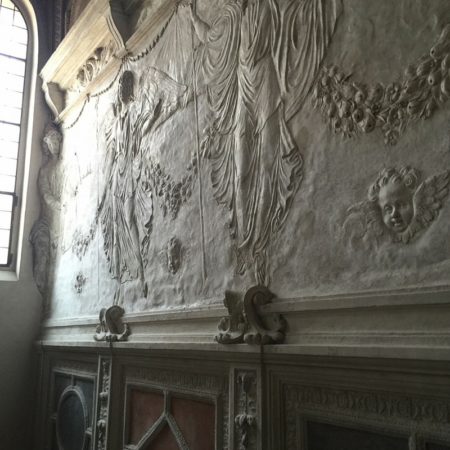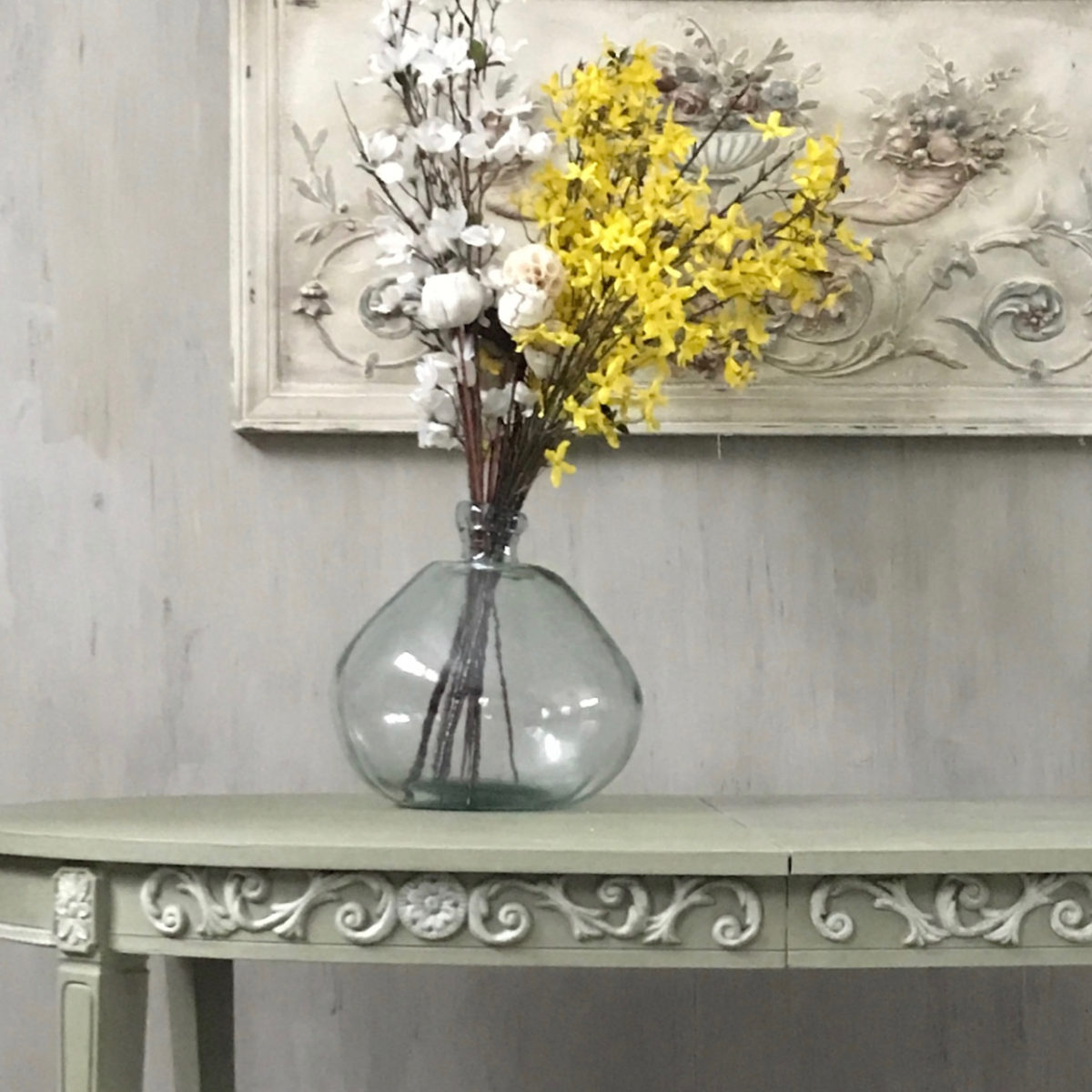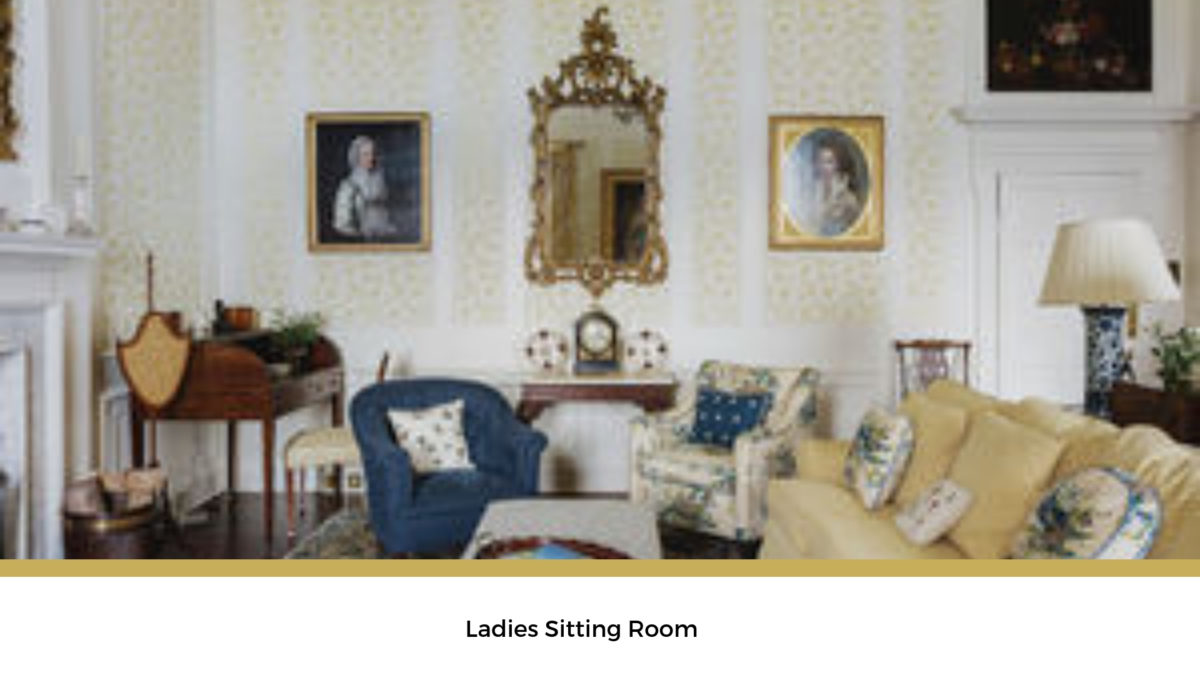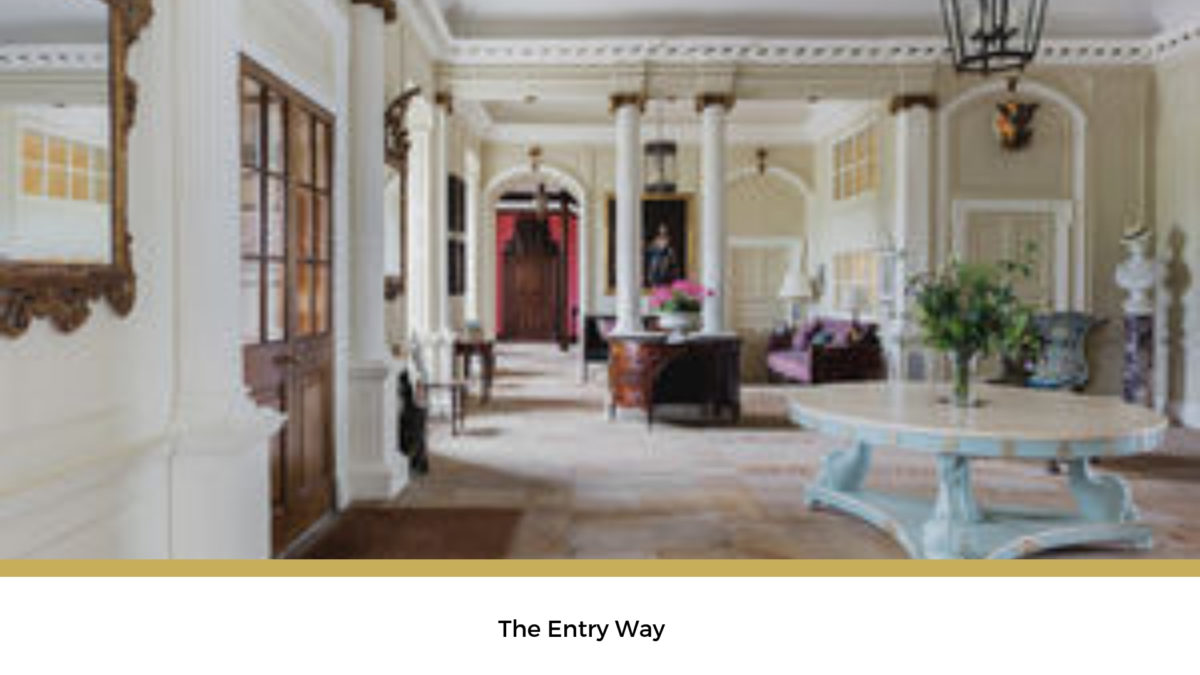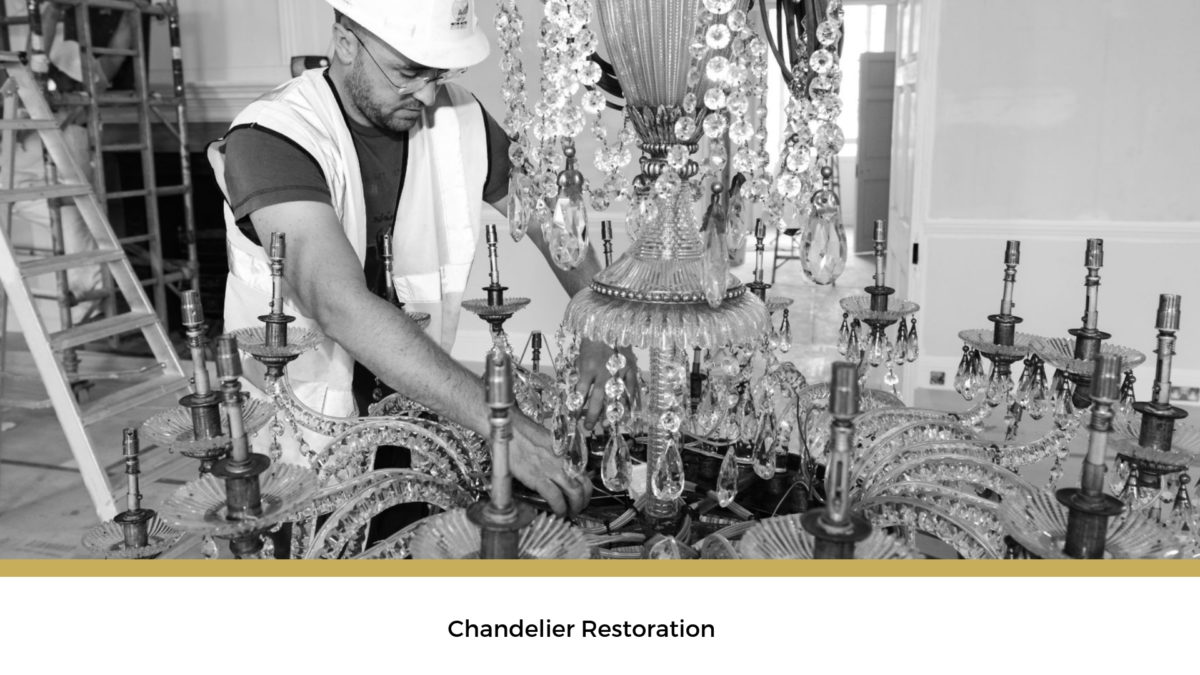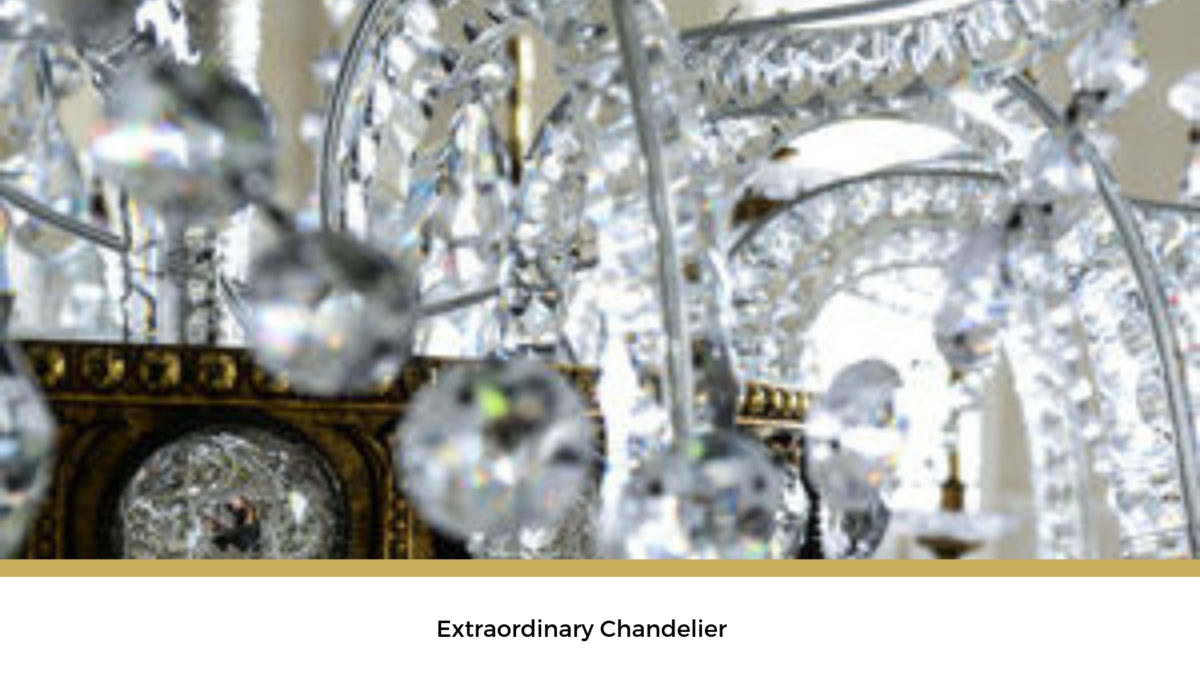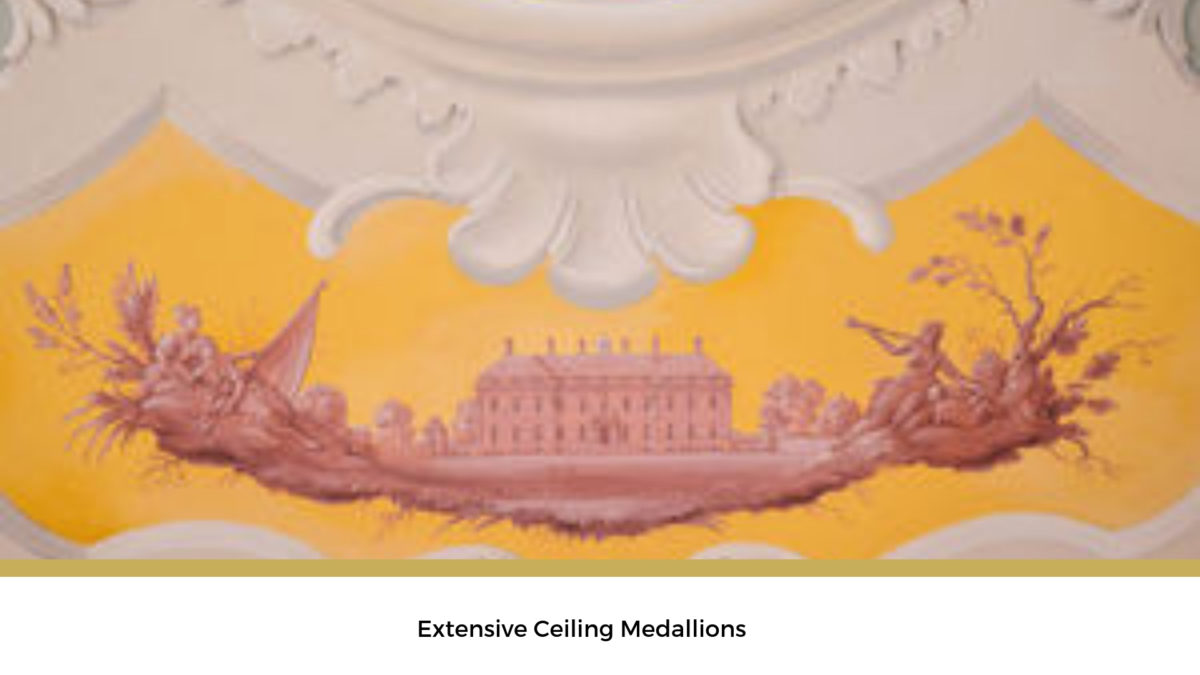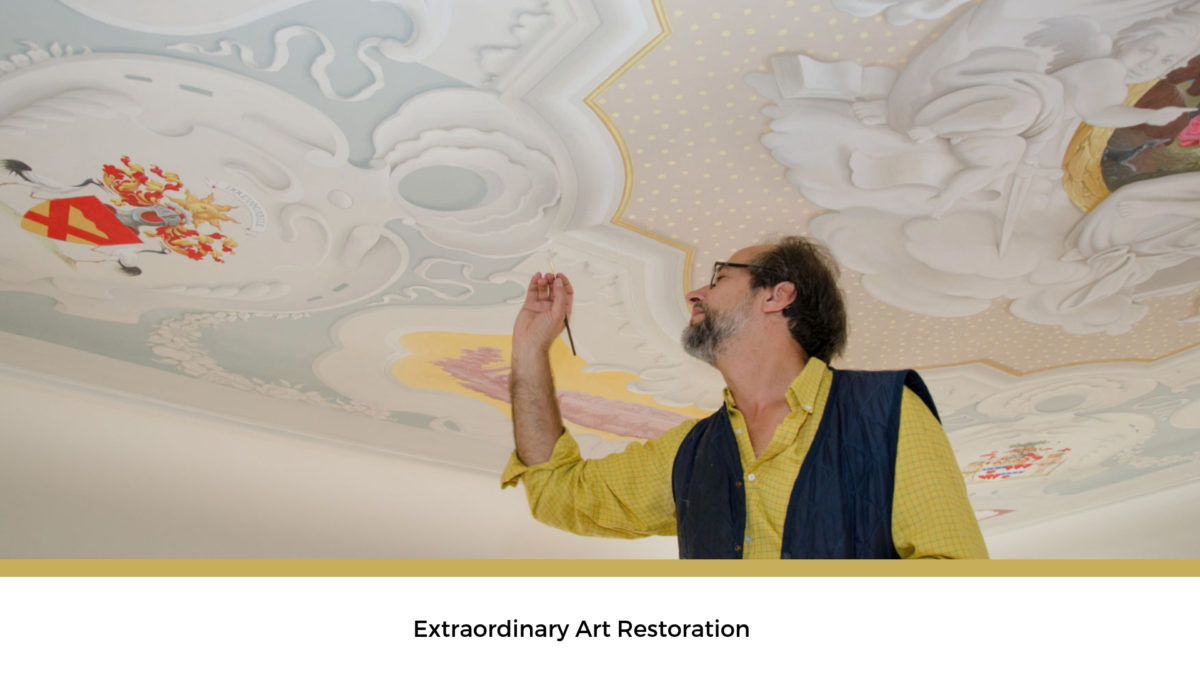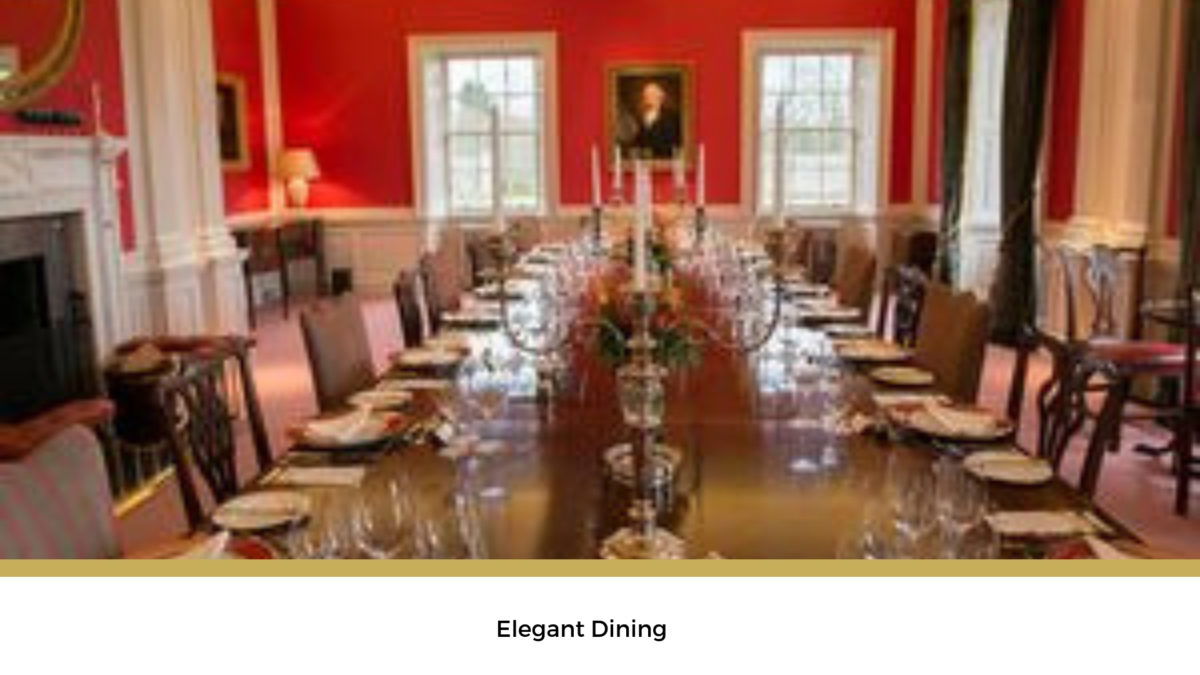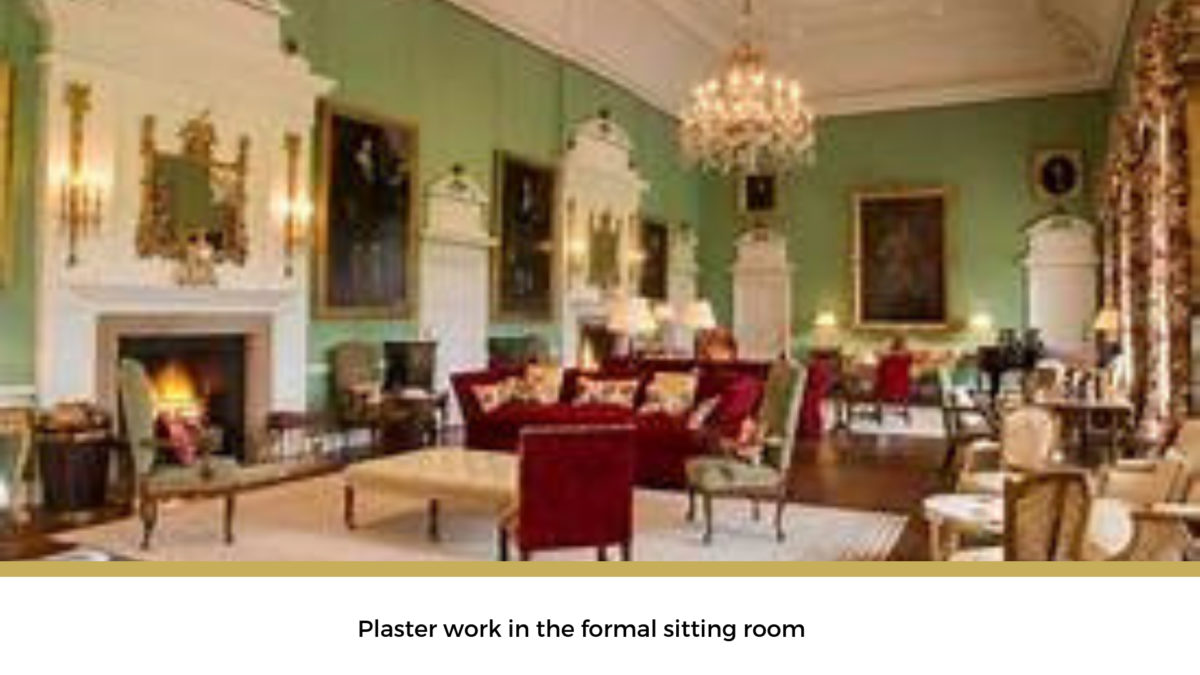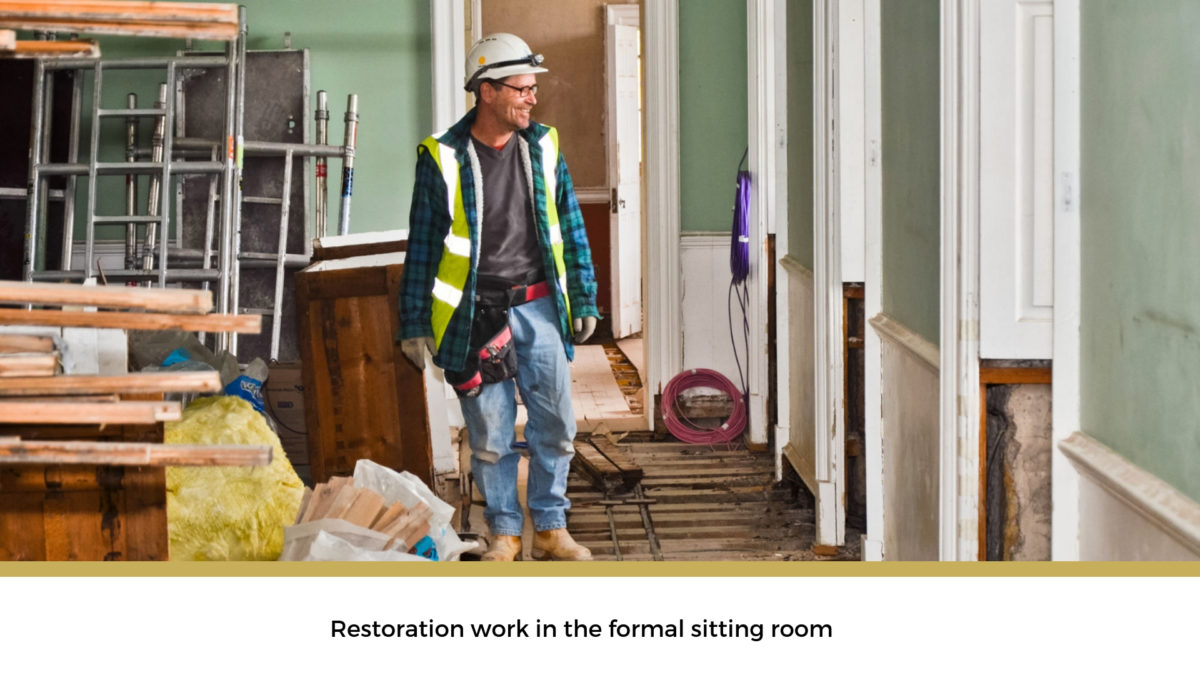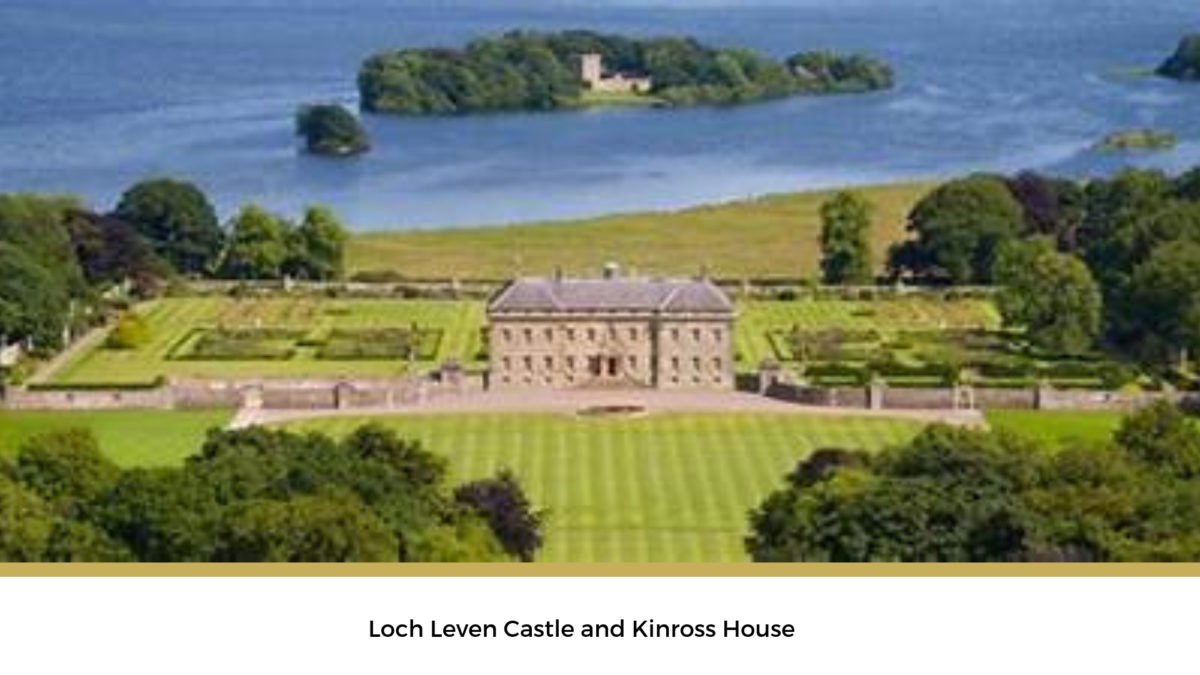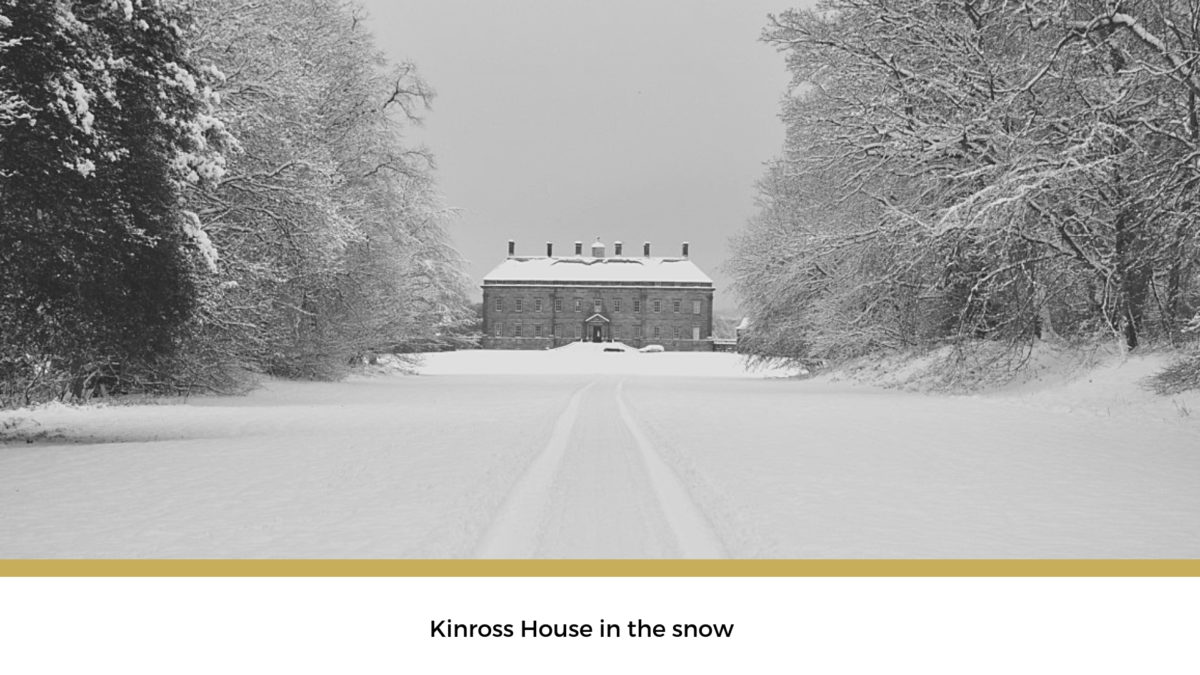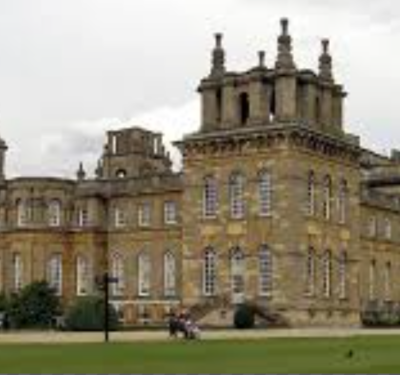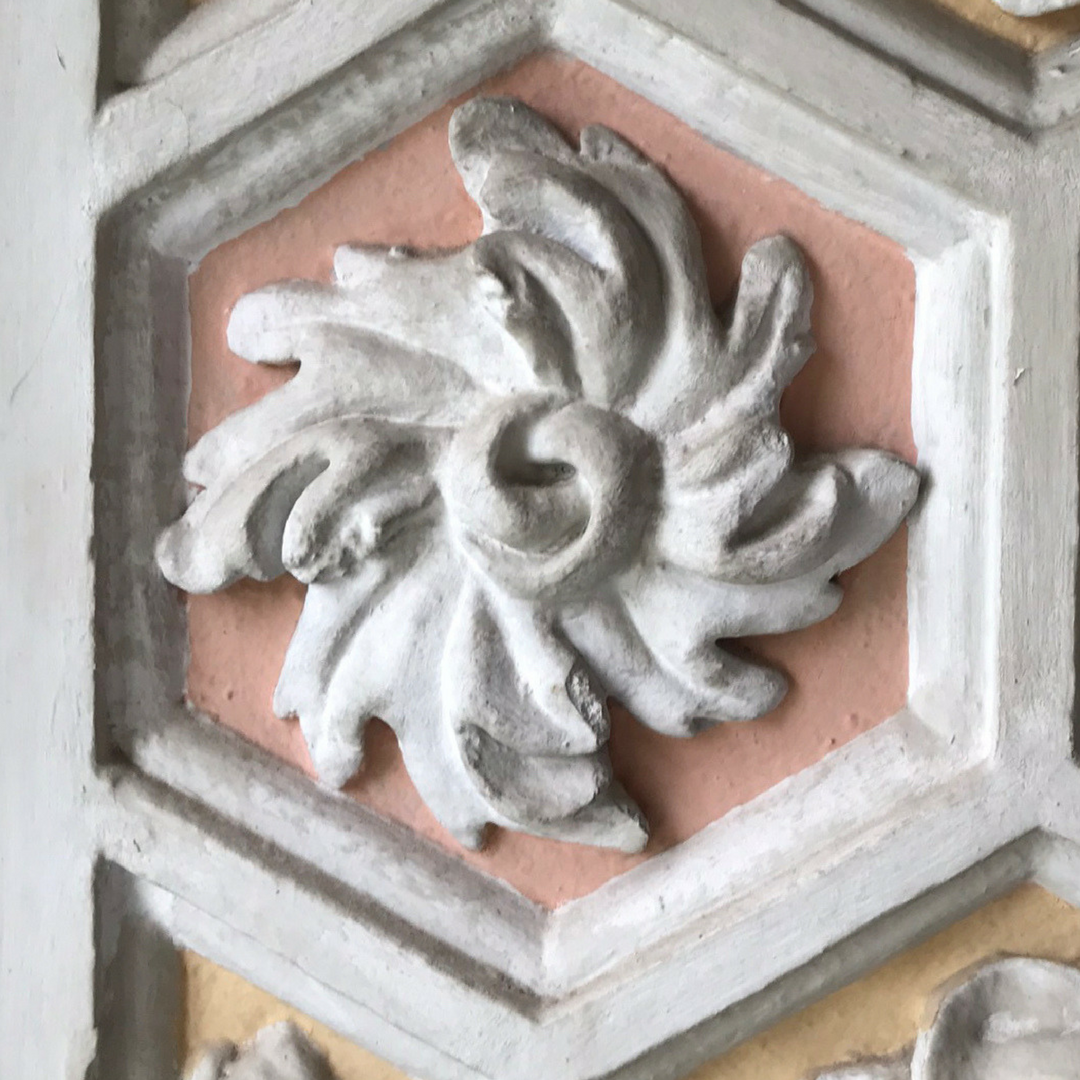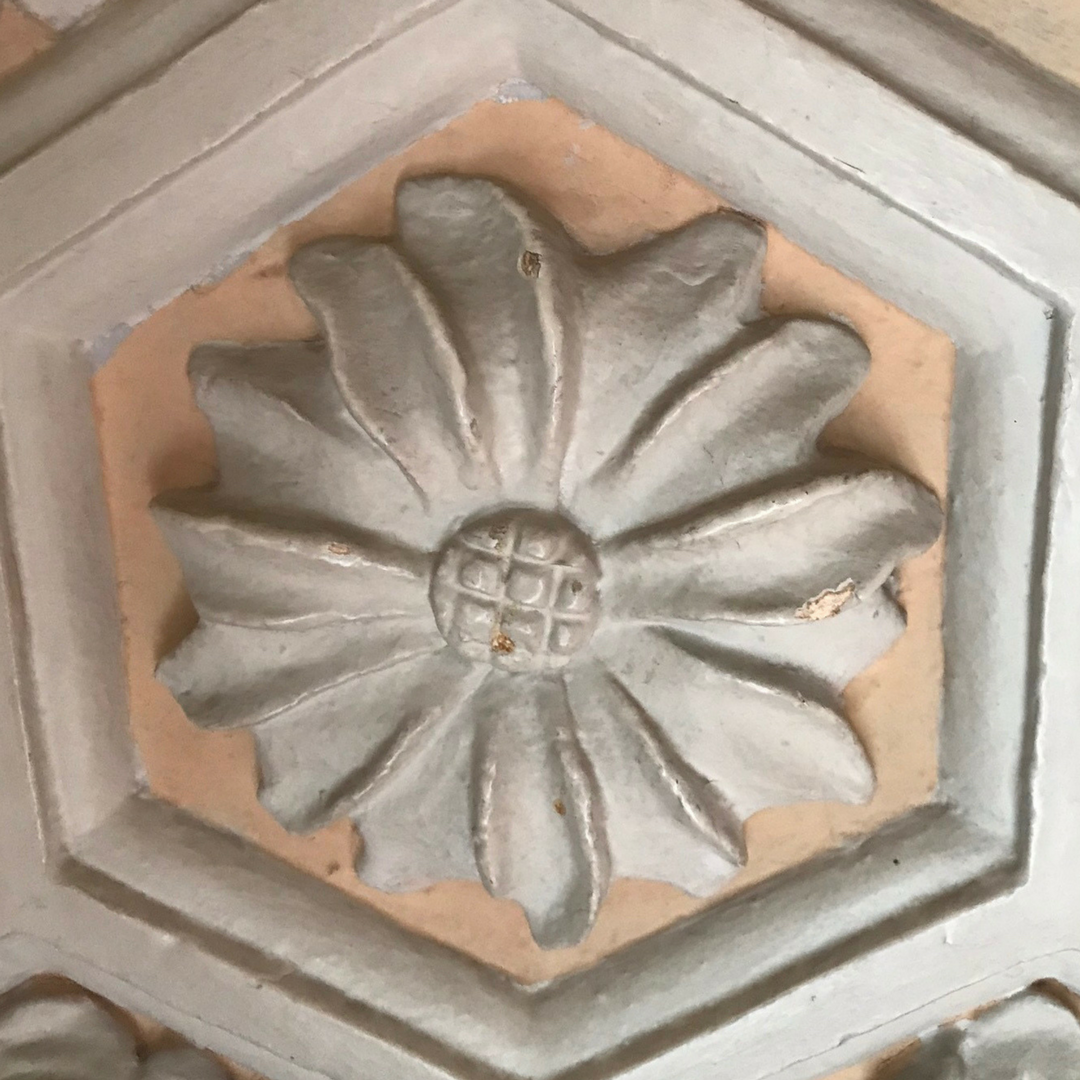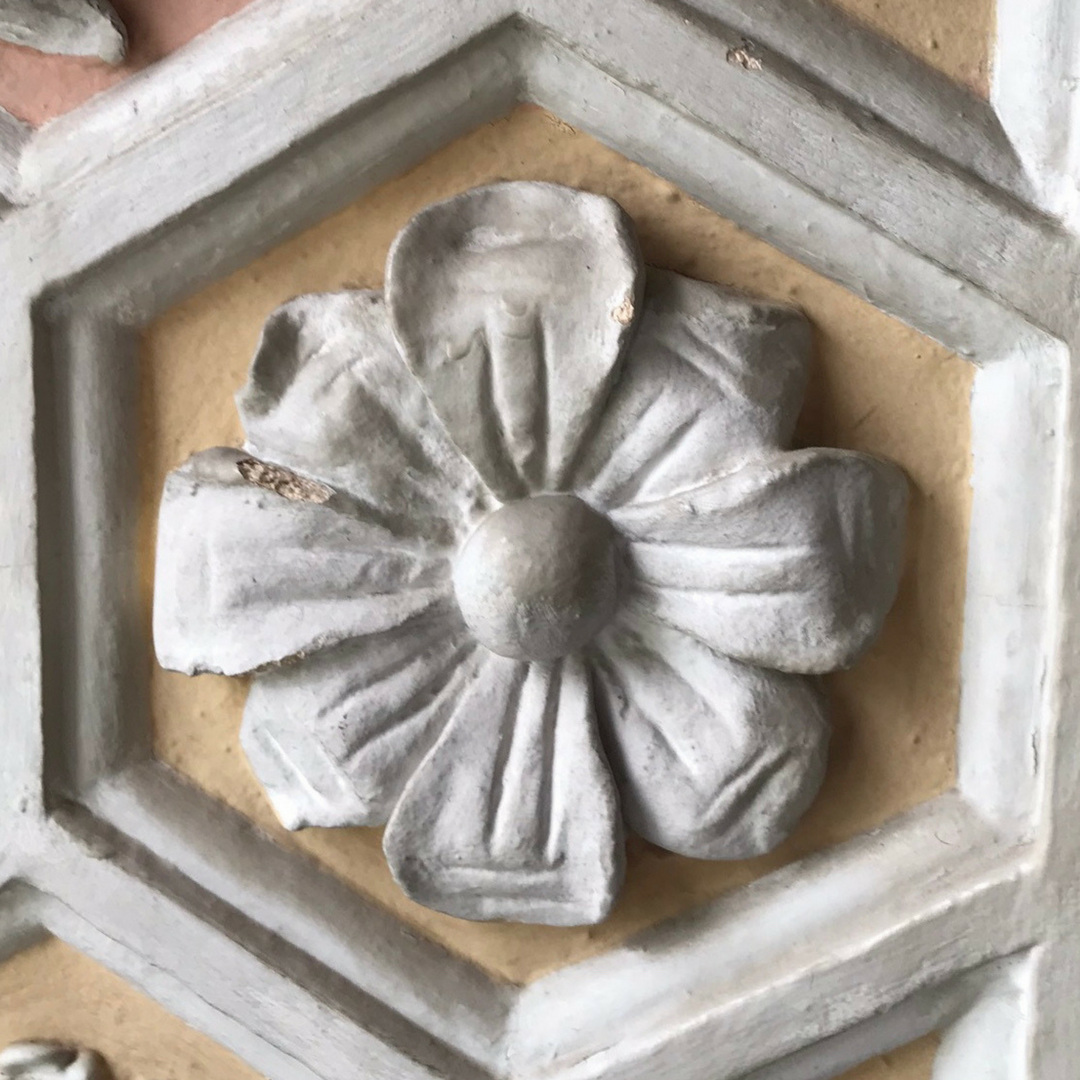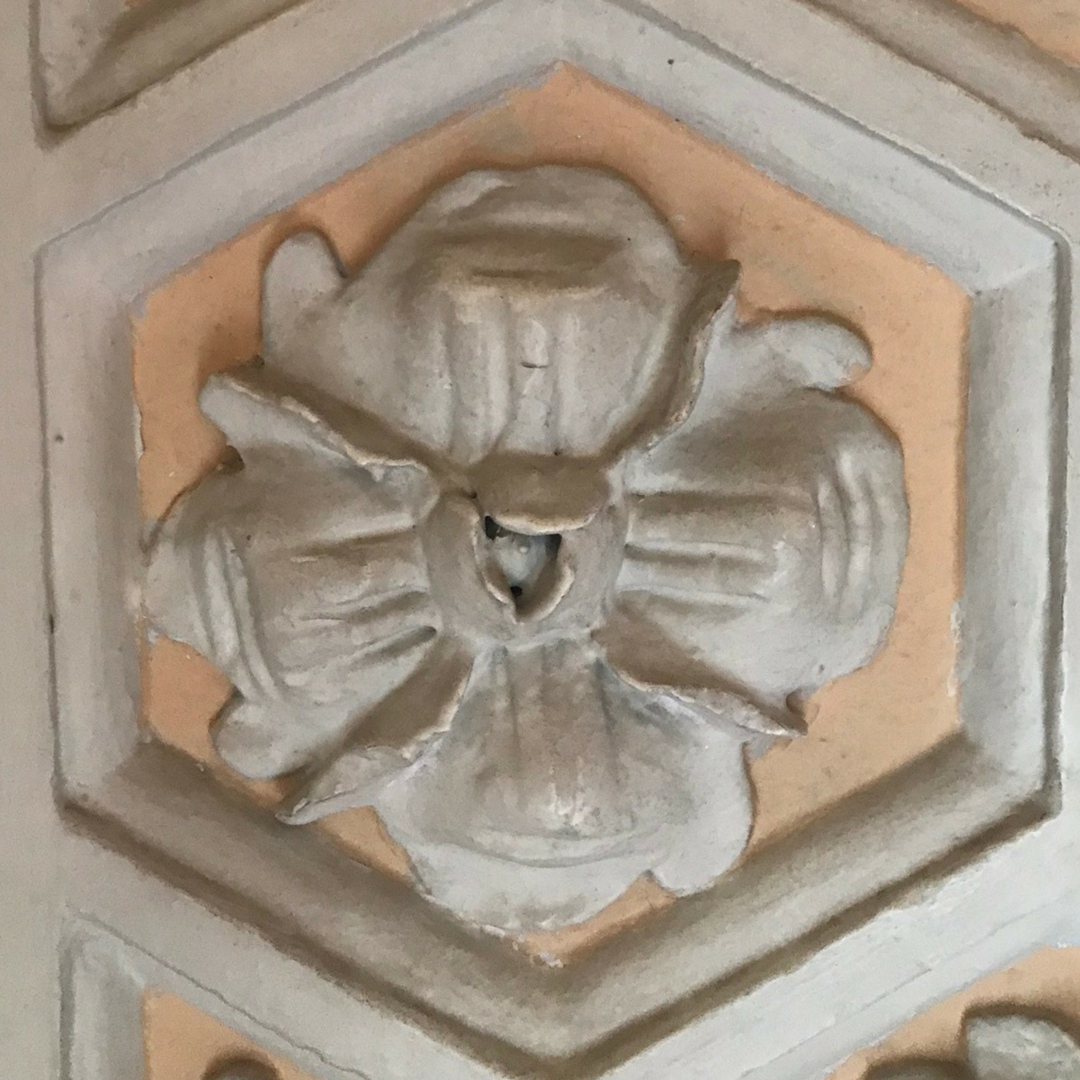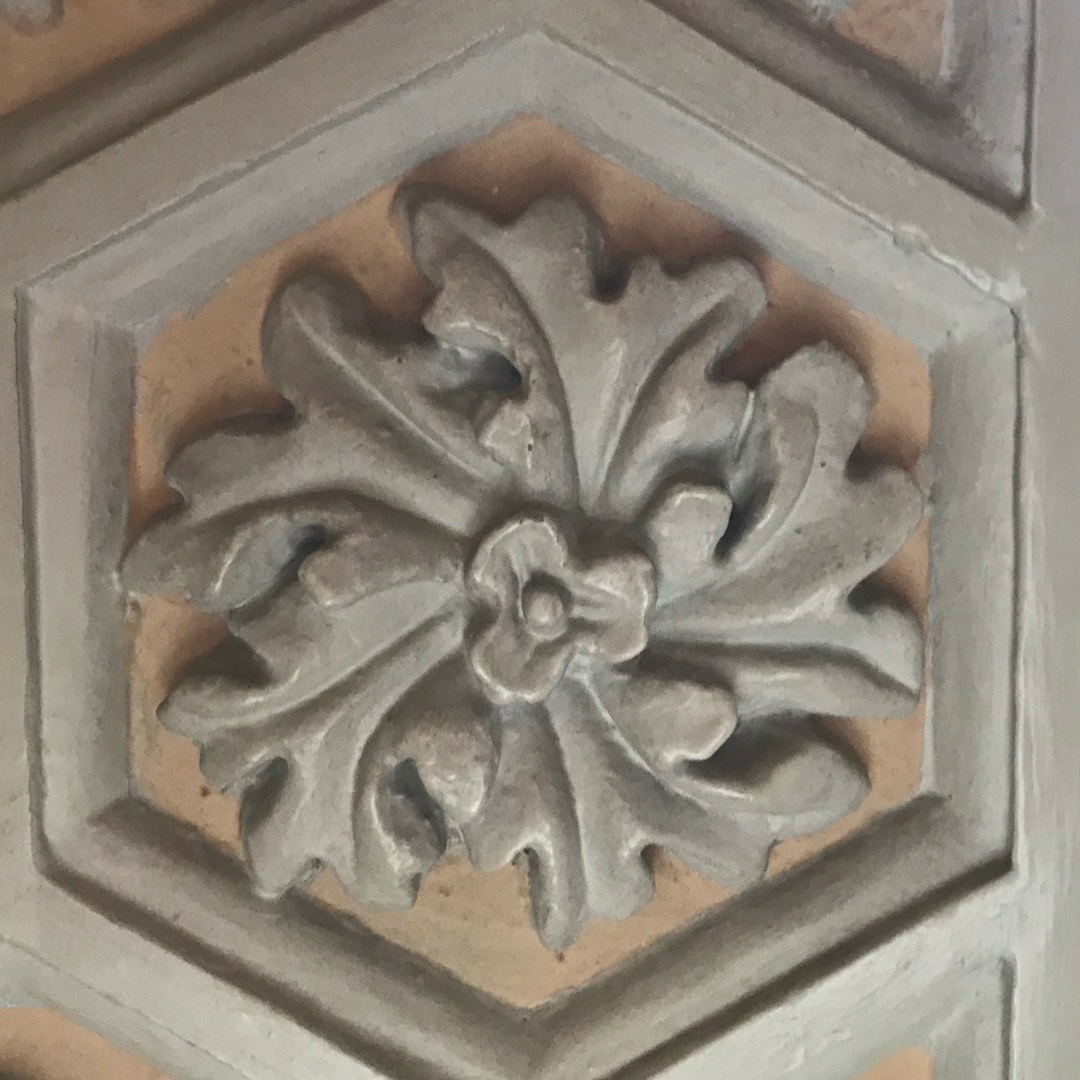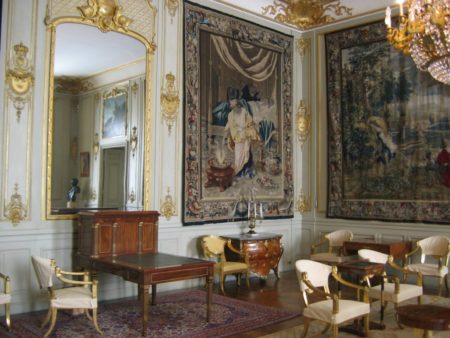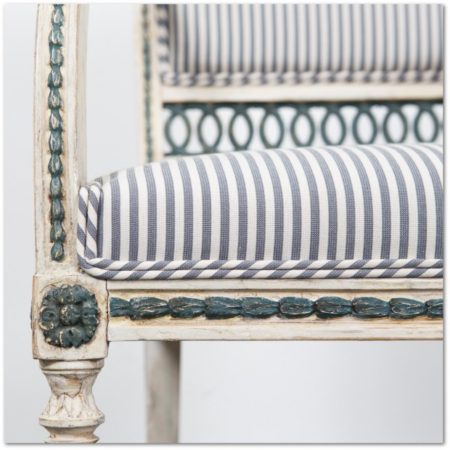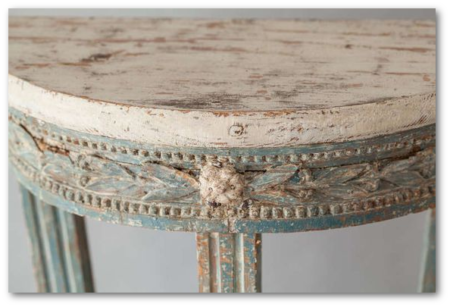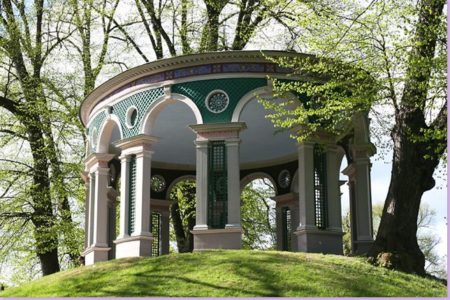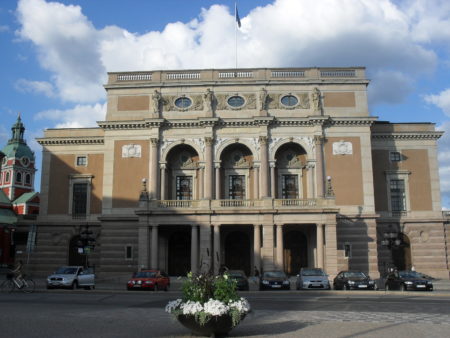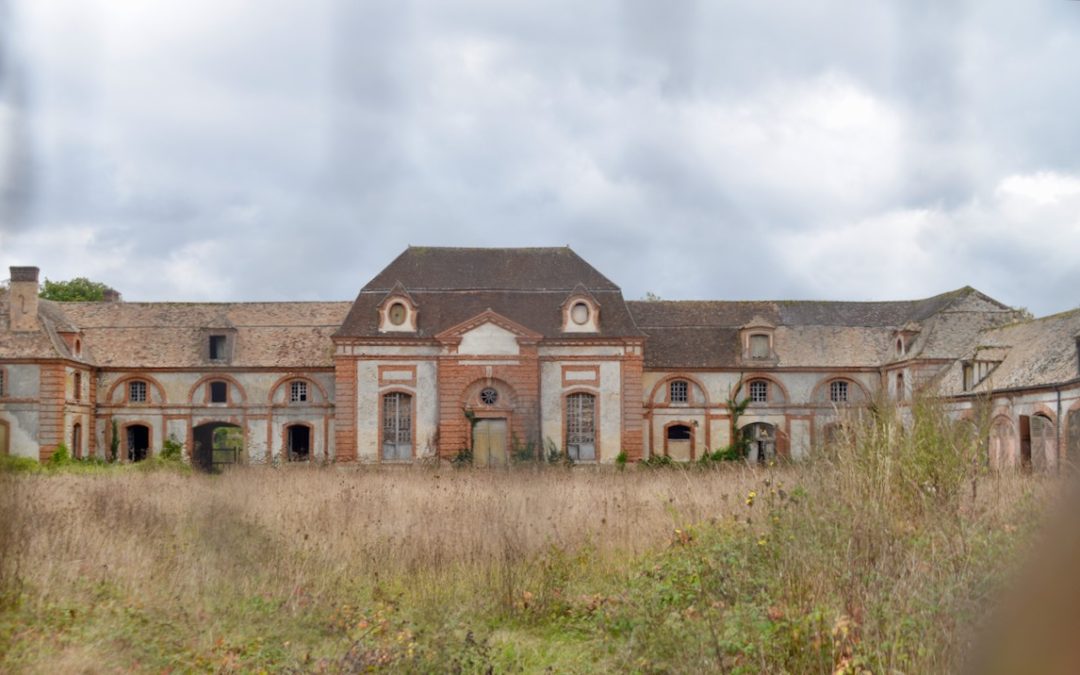
Nov 8, 2019
I have always dreamed of finding an old run-down house or in this case, an abandoned stable and turning it into a manor home?
This week on our Instagram feed, we are traveling to Normandy, a trip we did last year with @Sharonsantoni of My French Country Home. While there, I spied this abandoned relic — an old stable block.
Rather than just showing a pretty picture of which I have 100’s, I thought this could be what we imagine might happen if we/any of us owned this pile of plaster and brick.
First, a little bit of information about Normandy. It is the wild and stunning countryside region of northern France.
An iconic region of France, located in the northeast corner of the country it shares a border with Belgium and the lowlands. From its windswept beaches and bustling small ports to the countryside where apples and calvados reign supreme. While most people think of the grand monuments like Mont St. Micheal, there is so much to see in this region; it will usually take you more than one trip to get a feel for the area.
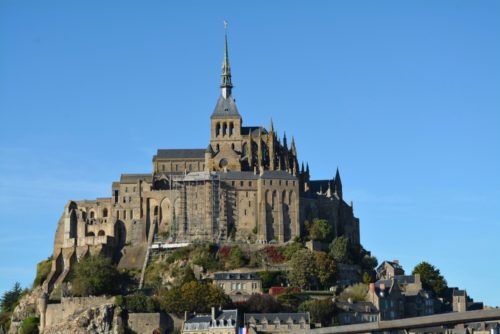
One year I took a trip to Dinard, with a group of my best friend girlfriends where we toured the coast and the iconic walled city.
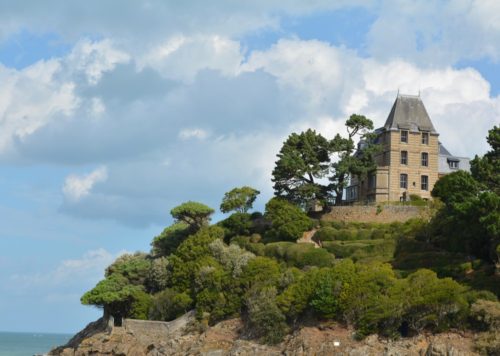
However, last year, my husband and I delved deeper into the countryside. And there I fell in love with this abandoned stable — part of an equally abandoned manor house. Deep in the Normandy countryside yet just an hour or so from Paris we found this abandoned stables and manor house.
Imagine what state the inside must be in with old wallpaper falling off the walls, abandoned furniture, and old peeling plaster.
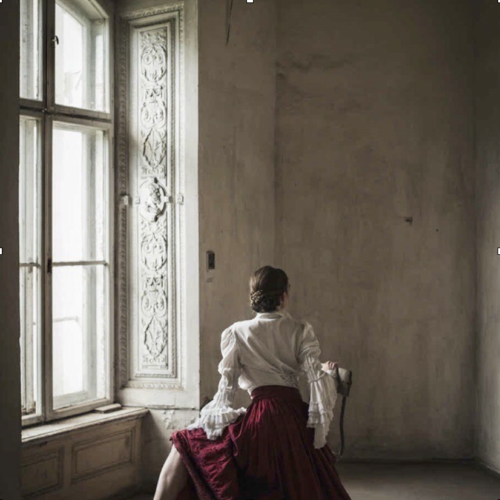
It would be covered in ivy, which turns a vivid red in the fall.
The kitchen garden was overgrown when we arrived. But careful pruning of the orchards and vines started us on a path to sustainable food for the manor.
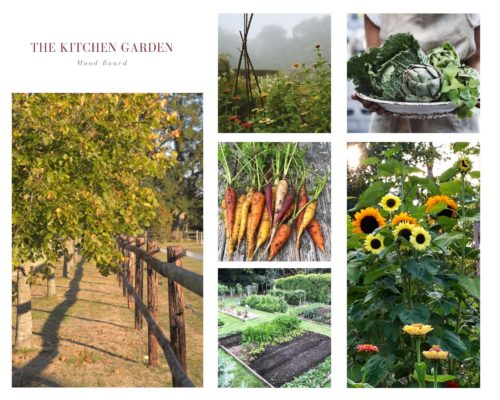
The interiors would be filled with texture but more minimalist — no clutter. Inside, you would need at least one maybe more large fieldstone fireplaces for the library, sitting room, and bedroom.
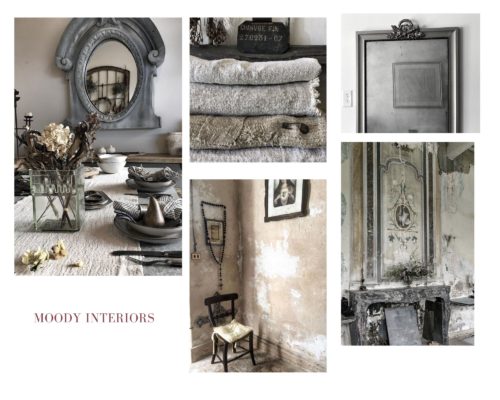
Photo’s @carmargueofficial and moi.
Normandy is full of fabulous brocante’s and fairs, so you would have a fantastic time finding both major antiques and other not to precious pieces to paint and restore.
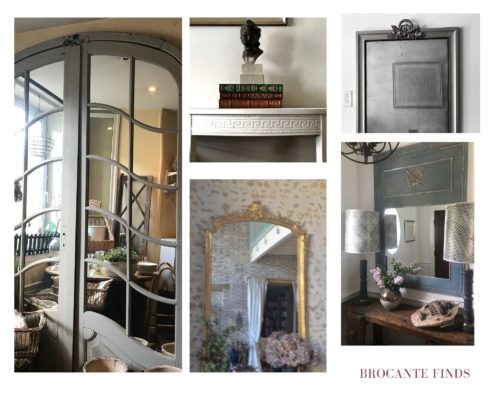
A veritable flock of trumeau mirrors would be necessary for almost every room in the house, as well as exotic lighting fixtures.
A lot of work, you bet it would be. During most days, you would don your blue jeans and repair the crumbling plaster, paint furniture, and do specialty finishes on walls. Oh, how much fun it would be.
But like any project big or small we undertake, in the end, it’s the sense of accomplishment and the pleasure we have at creating something unique.
Once finished, you would have a cozy place to spend the harsh Atlantic winters. With the hunting dog at your feet carving models or doing needlepoint. A glass of red wine to add comfort on a dark stormy night.
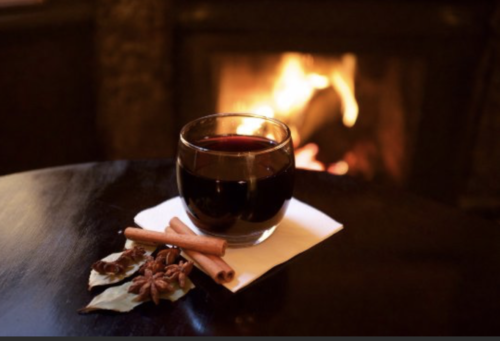
You could pretend you’re the lady in red, dreaming of a lover out to sea, or on his way back from Paris. And during the day, you could don your blue jeans and repair the crumbling plaster, paint furniture, and do specialty finishes on walls. Oh, how much fun it would be.

Sep 28, 2018
The landscape of the Sonoran desert is high desert surrounded by mountains. Nestled in the valley of Rancho Mirage is one of the most iconic homes in America…Sunnylands.

This mid-century modern masterpiece is the former home of Walter and Lenora Annenberg. Different from many homes this 200-acre parcel is an oasis has a distinct feeling of the history of our times.
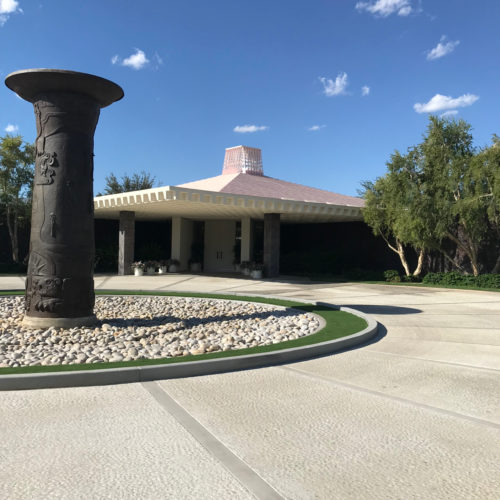
The building its self is relatively modest except in size. Big open floor plan with multiple sitting rooms all with stunning views to the mountains. The color was chosen to match the color of the adjacent mountains at sunset. No detail was left to chance in its design or building.
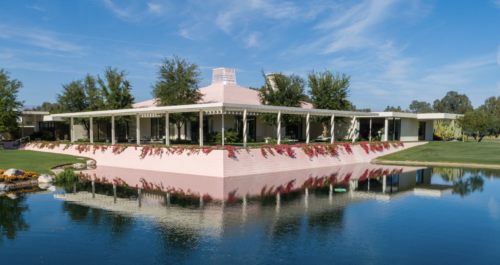
The first notable feature of the home is the art. Over their lifetime the Annebergs collected the most impressive collection of art ever assembled in one home. Full of impressionist artists from every country when we walked in the vision of all this art in one space letterly took my breath away. While today the art is actually digital reproductions, the original collection is in the Met, it is still awe-inspiring. When the Annenbergs were alive, every winter the Met would pack up the originals and send them to California so the Annenbergs and their guest could enjoy the art. The Rodin sculpture is permanent and original surrounded by 300 flowers that are always in bloom!
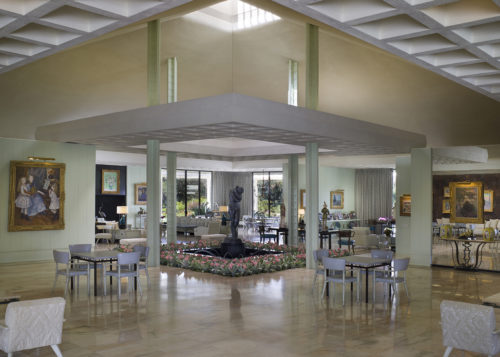
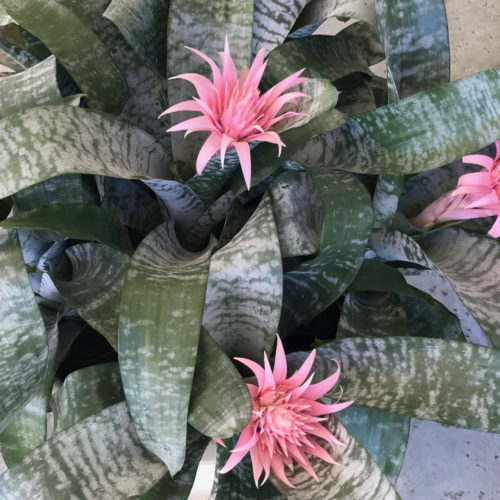
The furniture is a perfect mix of mid-century modern and neoclassical French. Pastel colored side tables sit next to mid center sofas and are adorned with ming vases and statues turned into lamps. There is even French Ormolu embellishment on the side tables in the Master Suite. But, none of this beauty and extraordinary decor is what makes this home so special.
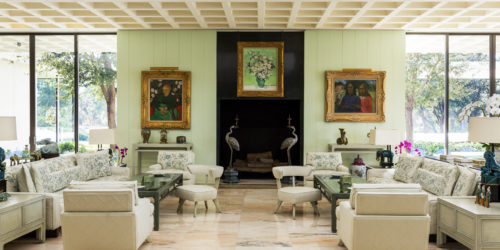
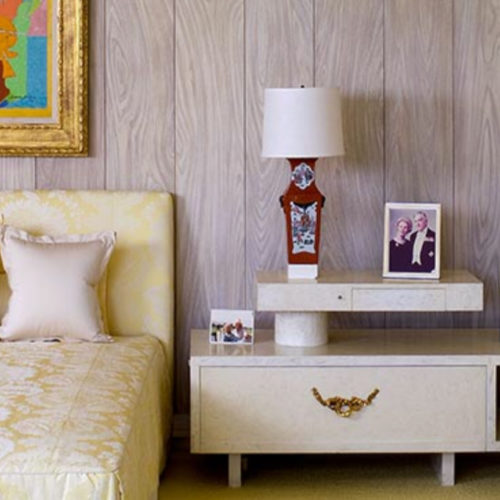
It is the living history of our generation that makes Sunnylands extraordinary. The Queens, Kings, and Presidents have all spent time at Sunnylands. The Annenberg’s were both ambassador for the USA, he was at the Court of St. James during the Nixon years she was a Stanford graduate and the Chief of Protocol for the White House. Every US President from Eisenhower to Obama has been to Sunnylands.

Nixon went there to resign in disgrace, Regan watched the fall of Berlin Wall in the TV room, as well as a few super bowls, Obama met here with the President of China Ji Ping, including a full formal state dinner. The home is now a retreat for worldly matters and global healthcare initiative, Tthe most recent advances in AID’s came from a small conference held her in the fall of 2016.

My country has been good to me, I must me good to my country
Yesterday, today, and thanks to the Annenberg philanthropy tomorrow Sunnyland is truly and an oasis for creative governance. In today’s contentious world I came away, teary, sad and yet hopeful for the future. In the words of Walter Annenberg,
xoxo Lydia
– For the rest of our vacation to Palm Springs hop over to Maine Country Home.

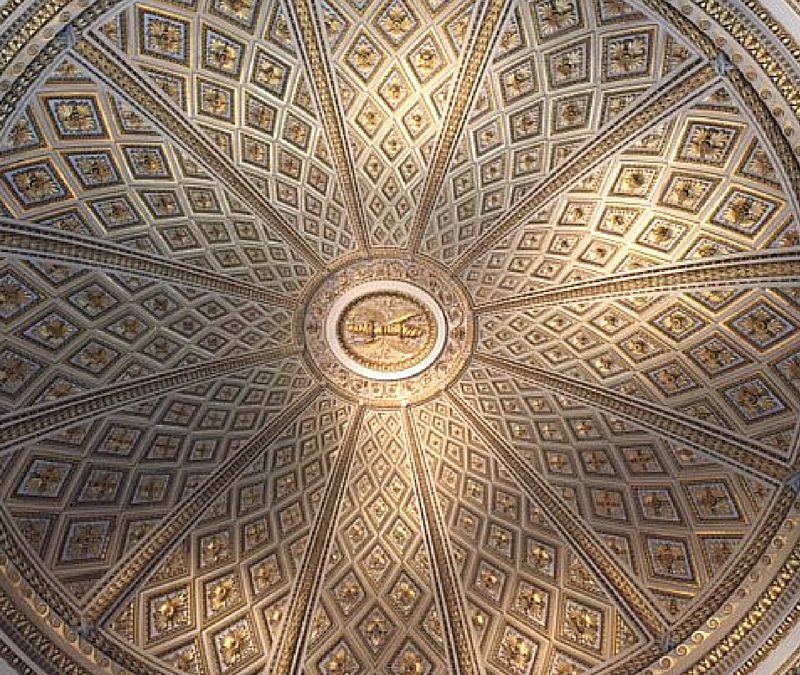
Jul 2, 2016
We mentioned in our post “Doorway Patina” earlier this week that our friend Stacey Christensen, of Faux Studio Designs, was headed to Florence to study patina. Well, Stacey has landed, and the first stop on the patina tour has brought her to Milan. Home of high fashion, fast tires, and some stunning patina.

In a quick phone conversation, Stacey mentioned that of all the places she saw yesterday in Milan, “The Chapel ‘Della Torre’ spoke to me the most. Not sure why but anyway….”
Attached are some lovely pictures showing you the beauty of Milan. We will cover more next week but for now as we head into a holiday weekend – enjoy the photos.
